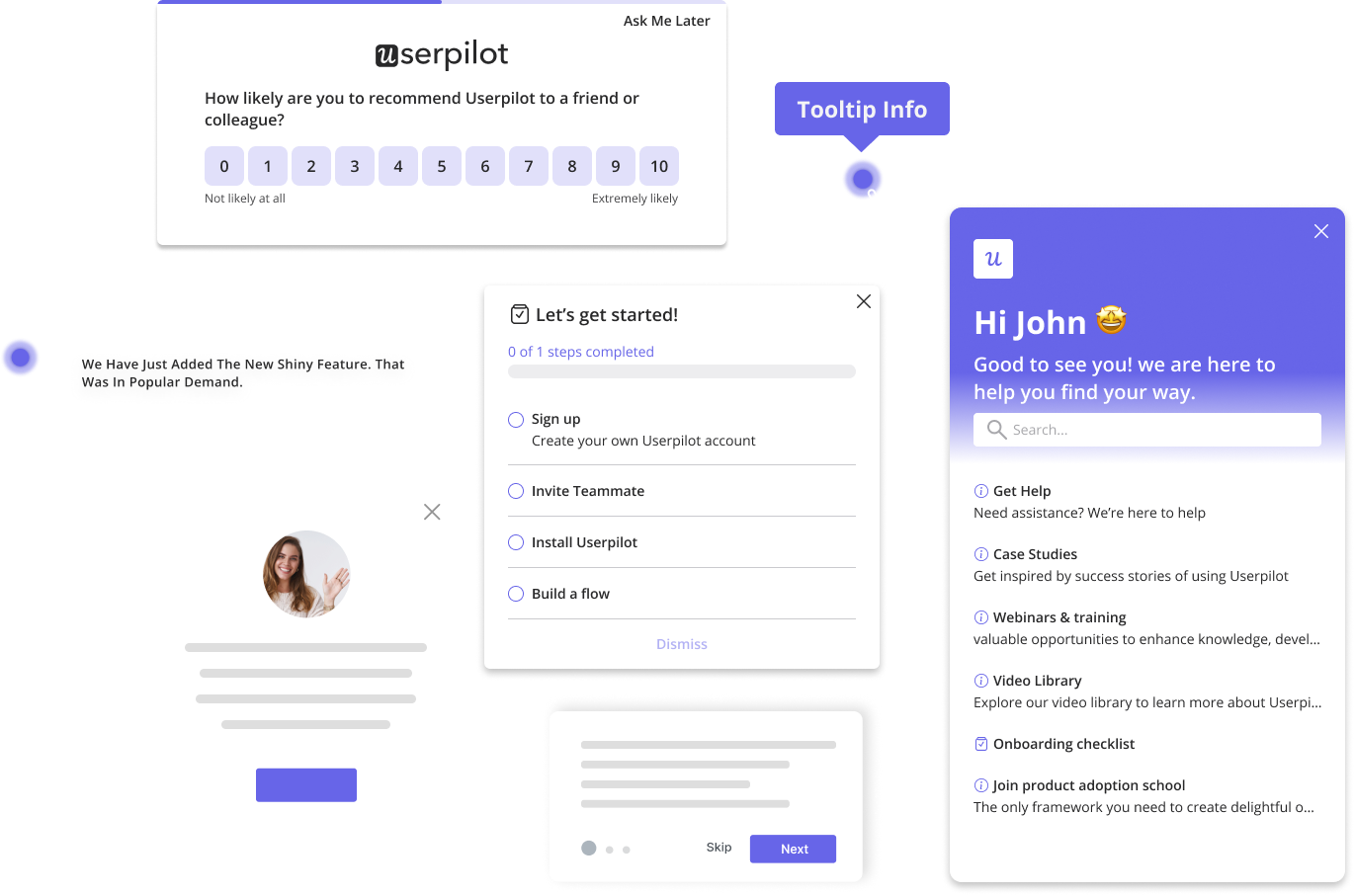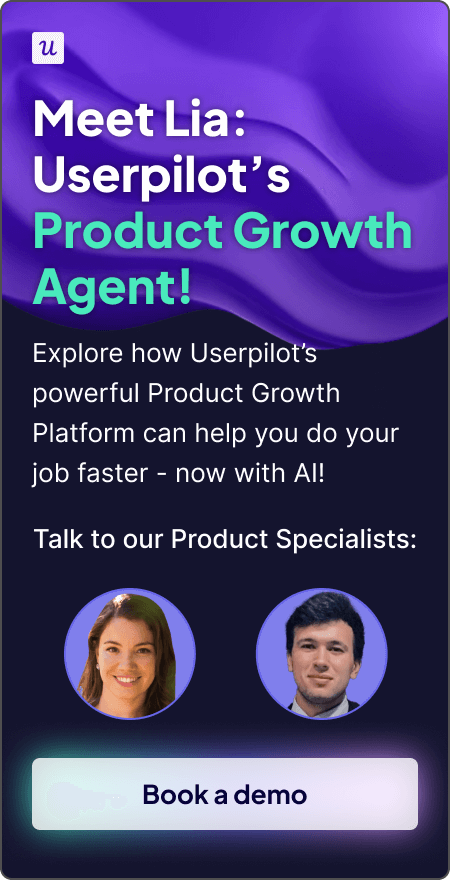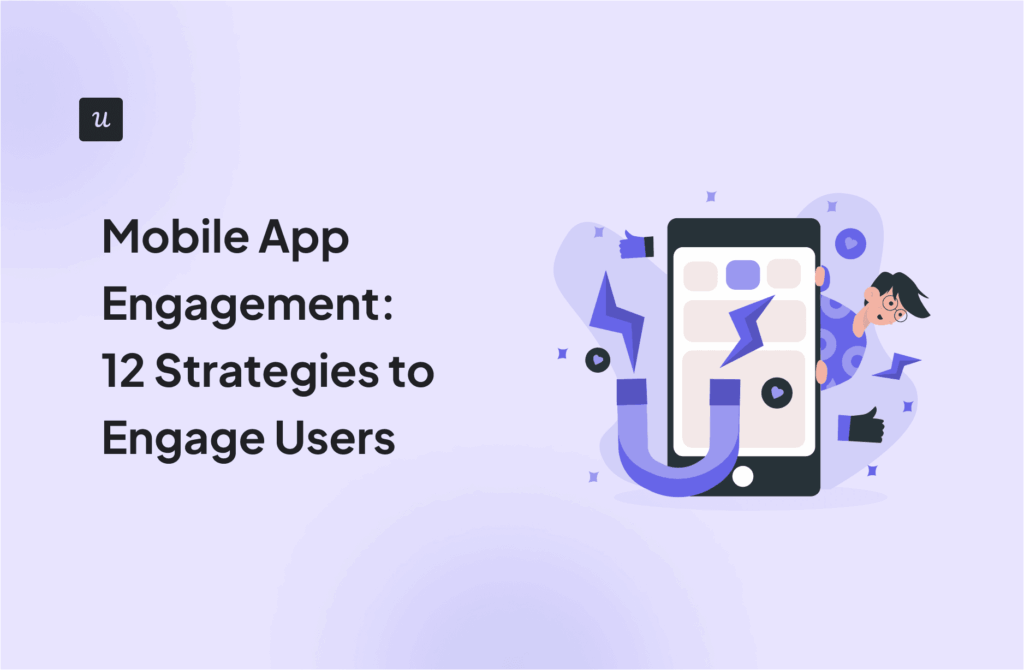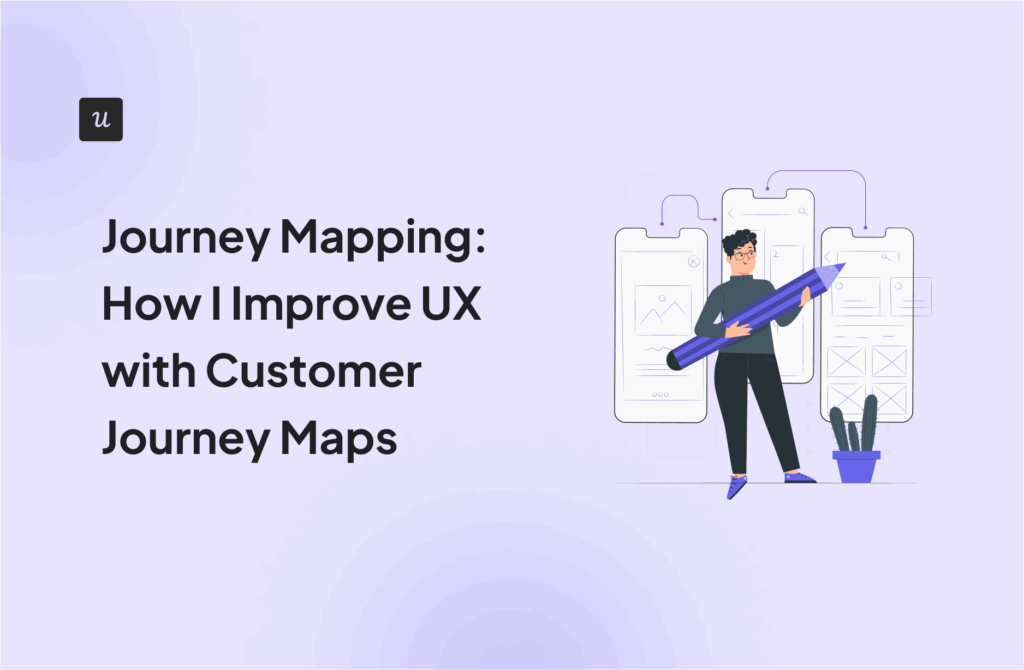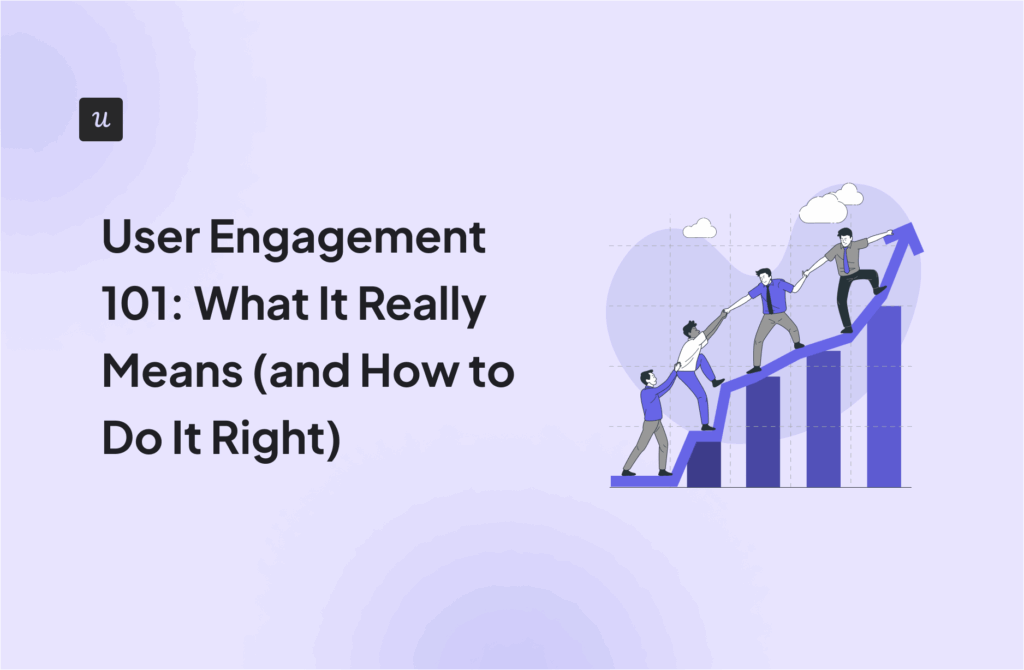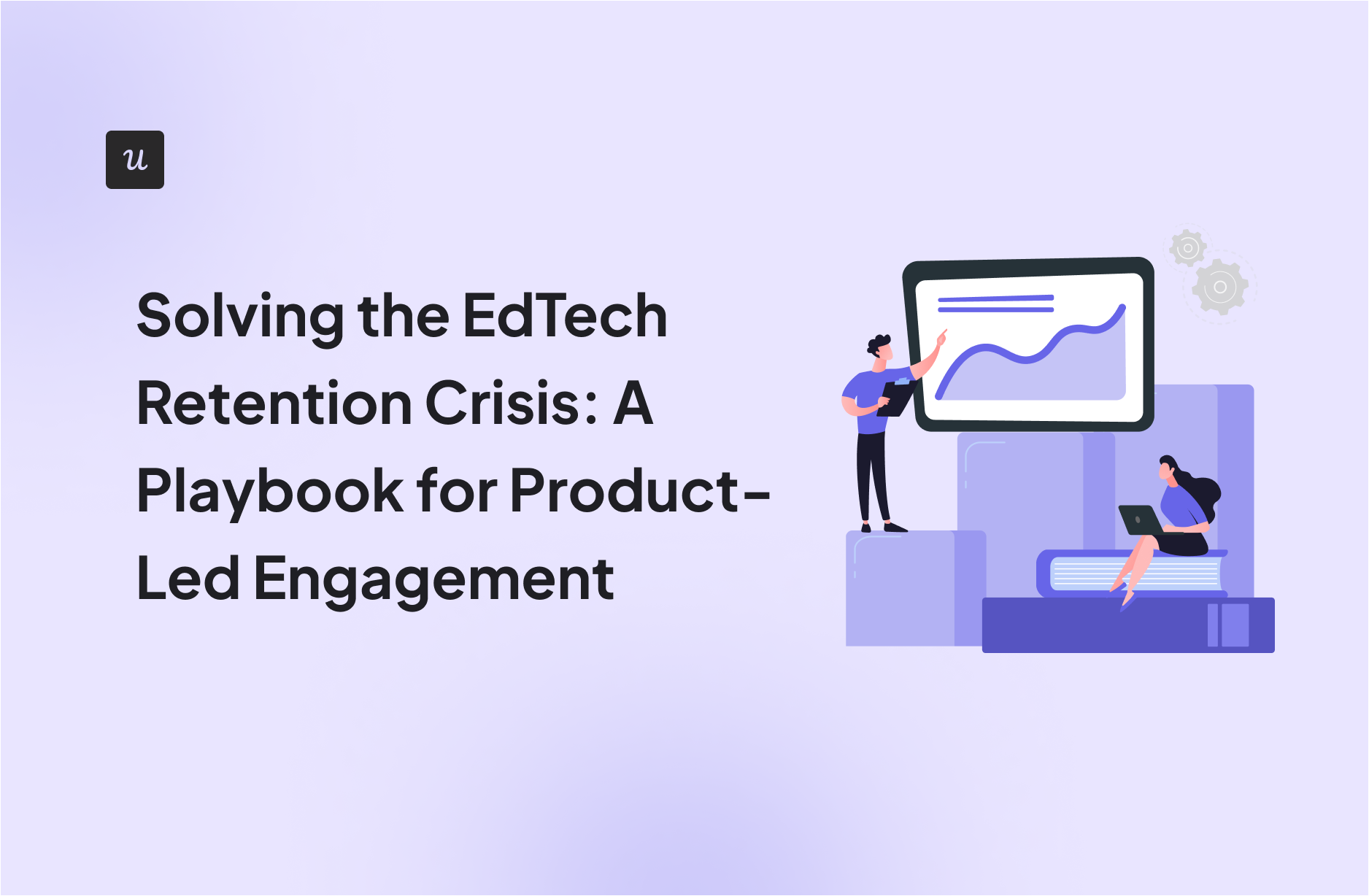
Solving the EdTech Retention Crisis: A Playbook for Product-Led Engagement
The EdTech market is booming, projected to grow at a compound annual growth rate of 13.4% through 2030. Yet, beneath this impressive growth lies a troubling secret: EdTech has a massive retention problem.
Industry benchmarks paint a stark picture, with some reports indicating that the customer retention rate for the software industry, which includes EdTech, can be as low as 4% in some segments.
This isn’t just a leaky bucket; it’s a broken dam. Acquiring users is expensive, but failing to engage and retain them is a critical business failure. The solution isn’t a bigger marketing budget. It’s a smarter, product-led approach to user engagement.
Try Userpilot Now
See Why 1,000+ Teams Choose Userpilot
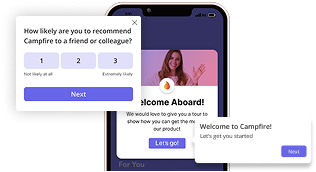
The retention challenge is not one-size-fits-all
Before diving into solutions, it’s crucial to understand that retention challenges vary significantly across the EdTech landscape. Your strategy must be tailored to your specific audience.
- K-12 platforms (e.g., Newsela, DreamBox Learning): The primary challenge is driving consistent teacher adoption and student engagement within a structured curriculum. If a tool is difficult to integrate into lesson plans or students find it boring, it will be quickly abandoned.
- Higher education tools (e.g., Top Hat, Turnitin): University students and professors have little patience for clunky software. Retention here hinges on reliability and seamless integration that justifies the cost and learning curve.
- Learning management systems (LMS) (e.g., Instructure’s Canvas, Absorb): An LMS is the central nervous system for many institutions. Retention depends on stability and intuitive design, as users can get frustrated with complex features and occasional bugs that disrupt core academic functions.
- Administrative & HR platforms (e.g., Frontline Education, PowerSchool): This is the operational backbone of a school district. Unlike daily learning tools, these platforms are often used infrequently for critical tasks like hiring, benefits enrollment, or state reporting. Users frequently describe these tools as “clunky,” “not intuitive,” and having an “outdated” UI. Retention here depends on simplicity and guidance that allows a non-technical user to confidently complete a complex task without needing a cheat sheet.
- Professional education & marketplaces (e.g., Udemy, Coursera, Codecademy): In this competitive space, the challenge is combating low course completion rates. Adult learners are motivated but also busy. The platform must be a coach and a guide, not just a content library.
The product-led engagement playbook
Solving the retention crisis requires shifting focus from acquiring users to guiding them toward success within your product. Here is a five-step playbook to get you started.
1. Nail the first-run experience with persona-based onboarding
The first few moments a user spends with your product are the most critical. This is especially true for complex admin tools. Instead of forcing users through a lengthy setup process, your onboarding should be intuitive and role-specific.
While powerful platforms like Pendo can offer detailed analytics, users often report a “clunky and complicated” setup and a steep learning curve that acts as a barrier to getting value.
Your playbook:
- Segment your users: An HR administrator onboarding a new teacher has a different goal than a principal pulling a report. Trigger different onboarding flows for each persona.
- Use welcome modals & checklists: Guide users through the 2-3 essential actions for their specific job-to-be-done with an interactive checklist. This provides immediate momentum.
With a truly no-code tool like Userpilot, you can build these segmented experiences in minutes, not weeks, ensuring users succeed without needing a dedicated training course on your software.
2. Drive deeper adoption with contextual guidance
Many powerful features go unused simply because users don’t know they exist. This is a common complaint for both sprawling admin platforms and complex analytics tools. You can’t rely on help docs; guidance must be delivered in-app. Some solutions have guide-builders that are “buggy” and inflexible, making it difficult to create pixel-perfect, on-brand experiences without custom code.
Your playbook:
- Use in-app tooltips: For an HR platform, use a tooltip to explain why a certain compliance field is required, right when the user hovers over it.
- Launch feature announcements: When you ship an update, announce it in-app with a slideout explaining the benefit. This prevents confusion and reduces support tickets.
3. Humanize the experience for infrequent users
For administrative platforms used infrequently, re-engagement is everything. A user might only log in once a quarter to submit grades or once a year for benefits enrollment. Your platform must feel familiar and welcoming every single time.
Your playbook:
- Celebrate milestones: Acknowledge a successful report submission or the completion of a multi-step workflow. Positive reinforcement builds confidence.
- Provide proactive support: If a user is struggling on a page, trigger a slideout offering a link to a short tutorial or a help document.
4. Deliver analytics that are actually actionable
A frequent complaint across EdTech, from administrative tools like PowerSchool to analytics platforms like Pendo, is the difficulty in getting clear, actionable data. Users report that reporting features are often rigid and that getting granular insights requires exporting data to another tool. Your product usage analytics shouldn’t be another complex product you have to learn.
Your playbook:
- Track meaningful outcomes: Monitor how long it takes an administrator to complete a critical workflow. If there’s a major drop-off point, you know exactly where to add a tooltip or guide.
- Build funnel reports easily: Visualize the user journey through key tasks without needing a data scientist. This helps you see where users get stuck and how to best help them.
5. Create a continuous feedback loop
The most successful platforms are built with their users. Stop guessing why users are churning and start asking them directly inside your app.
Your playbook:
- Deploy in-app microsurveys: After a user successfully runs a complex report for the first time, trigger a survey asking about their experience.
- Use NPS for benchmarking: Use Net Promoter Score (NPS) surveys to gauge overall loyalty and identify both your biggest fans and your users who are at risk of churning.
What’s the biggest hurdle in your EdTech user onboarding?
How do you currently encourage feature adoption post-onboarding?
How do you gather feedback to reduce churn?
You’re Ready to Solve the EdTech Retention Crisis
Your answers show you’re focused on the key drivers of user success. The next step is to implement a proactive, product-led engagement strategy. See how you can build personalized onboarding, drive feature adoption, and collect contextual feedback to boost retention.
From Crisis to Opportunity
The EdTech retention crisis, whether for a daily learning app or a quarterly administrative tool, is solvable. By embedding intuitive guidance, actionable analytics, and continuous feedback directly into your product, you can transform your platform from a complex tool into an indispensable partner.
Stop fighting the revolving door of acquisition and start building an experience that makes users want to stay.

